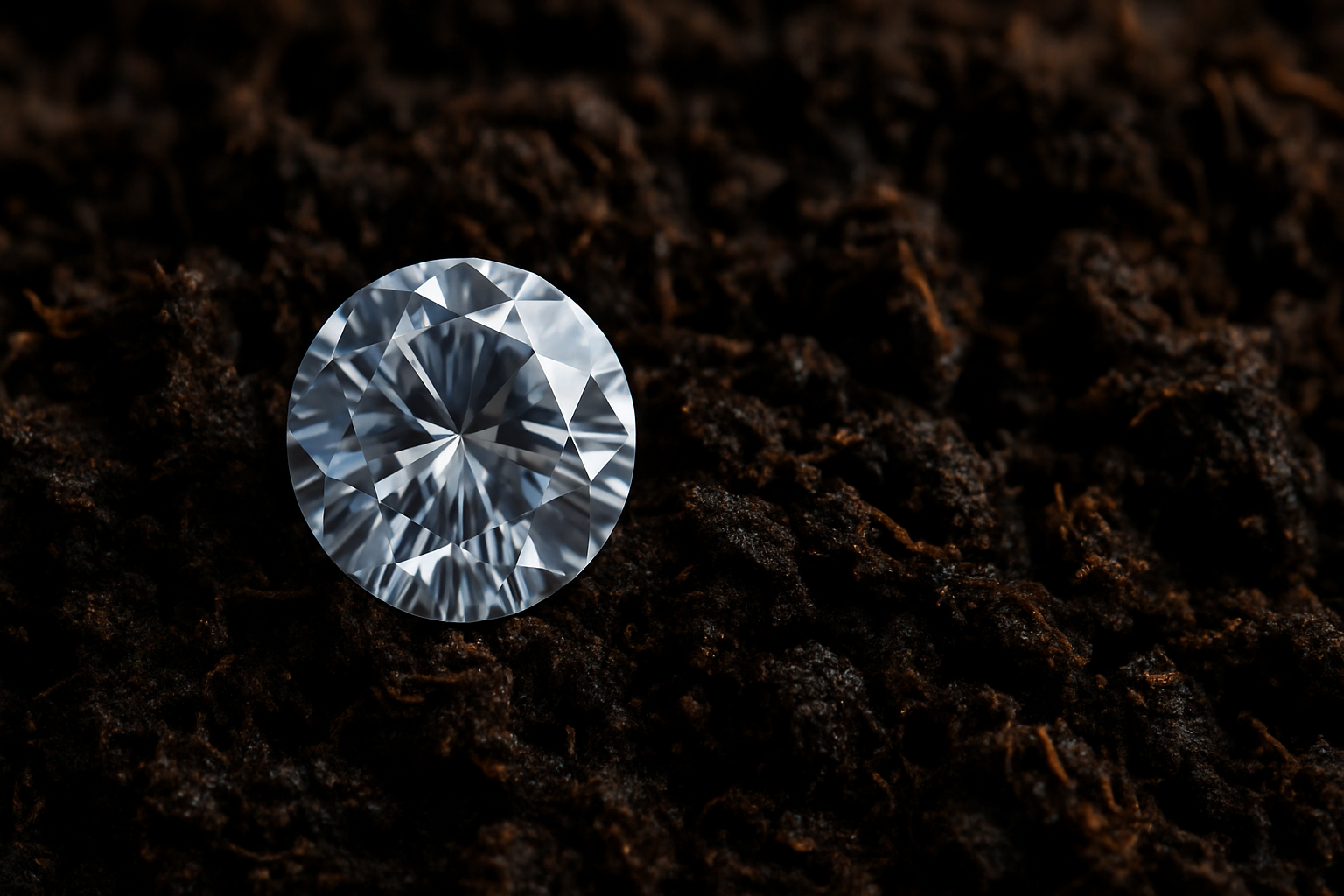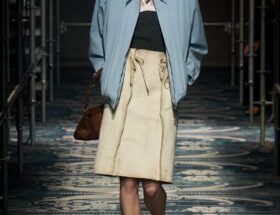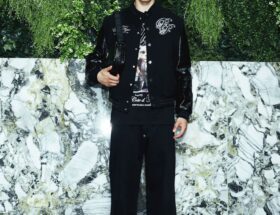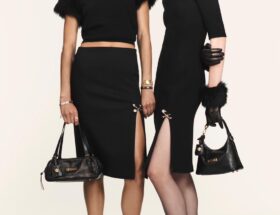Sustainable Luxury
The fashion industry is undergoing a shift toward sustainability, driven by increased consumer awareness and the demand for ethical alternatives. Traditional leather, a staple of luxury fashion, is facing competition from innovative materials like lab-grown leather and bio-based leather alternatives. These emerging technologies offer the elegance and durability of traditional leather while significantly reducing environmental harm. Let’s explore how these materials are shaping the future of fashion.
Lab-Grown Leather: A Scientific Innovation
Lab-grown leather, also called cell-cultured leather, is a revolutionary material that replicates animal leather without requiring animal farming. Companies like VitroLabs, Modern Meadow, and Lab-Grown Clones are leading the way in developing this ethical alternative.
How Lab-Grown Leather is Created
- Cell Extraction: Scientists obtain skin cells (such as fibroblasts or keratinocytes) from animals through a painless biopsy or other ethical means.
- Cell Cultivation: The cells are placed in a bioreactor, where they grow in a nutrient-rich environment, multiplying naturally.
- Collagen and Structural Formation: The cells generate collagen, a key protein found in leather. A biodegradable scaffold helps structure the leather to ensure strength and flexibility.
- Tanning and Finishing: The material undergoes eco-friendly tanning, which enhances its durability and texture.
- Customization and Final Processing: The leather is refined with dyes, embossing, and surface treatments to create different finishes and textures.
Why Lab-Grown Leather Stands Out
Identical to Traditional Leather – Shares the same molecular structure and properties.
Customizable Softness & Durability – Can be engineered to be more flexible and resilient than traditional leather.
Exotic and Unique Patterns – Textures like crocodile or ostrich leather can be replicated without harming animals.
Lower Environmental Impact – Requires less water and fewer resources compared to conventional leather production.
Waste-Free Production – Can be manufactured with minimal leftover materials.
Bio-Based Leather: Nature’s Sustainable Alternative
While lab-grown leather mimics animal leather, bio-based leather is made from plants, fungi, and agricultural byproducts. This option provides a biodegradable, plastic-free alternative.
Types of Bio-Based Leather
- Mycelium Leather (Mushroom-Based) – Developed by companies like Bolt Threads (Mylo™) and MycoWorks (Reishi™), mycelium leather is made from the root-like structures of fungi, forming a soft and flexible material.
- Fruit-Derived Leather – Made from waste byproducts of the fruit industry:
- Piñatex (Pineapple leaf fibers)
- Apple Leather (Apple pulp waste)
- Grape Leather (Wine industry leftovers)
- Cactus and Plant-Based Leather – Brands like Desserto® use cactus fibers to create durable, biodegradableleather.
- Emerging Alternatives – New materials, such as corn, coconut, and kombucha-based leathers, are expanding sustainable fashion options.
Lab-Grown vs. Bio-Based Leather: A Comparison
| Feature | Lab-Grown Leather | Bio-Based Leather |
|---|---|---|
| Material | Animal-derived at the cellular level | Plant-based or fungal-derived |
| Eco-Friendliness | No animal slaughter, but energy-intensive | Fully biodegradable and natural |
| Durability | Stronger than natural leather | Varies depending on source material |
| Luxury Potential | High (flawless, exotic textures possible) | High, but depends on processing |
| Availability | Still in development, limited commercial use | More widely available |
Luxury Fashion and the Future of Leather
Both lab-grown and bio-based leathers are paving the way for a more ethical and sustainable fashion industry. While lab-grown leather offers a high-end, customizable alternative to exotic skins, bio-based leather provides a vegan, eco-friendly option for conscious consumers. High-fashion brands are beginning to incorporate these materials, marking the dawn of a new era in sustainable luxury.
As technology advances, these innovative leathers could become the new standard, offering ethical luxury without compromising on quality or design. Whether you’re a designer, a conscious shopper, or an industry leader, embracing these alternatives could be a step toward a more responsible and stylish future.











[…] More post on sustainable […]
[…] Lab-Grown and Bio-Based Leather Sustainable Luxury […]